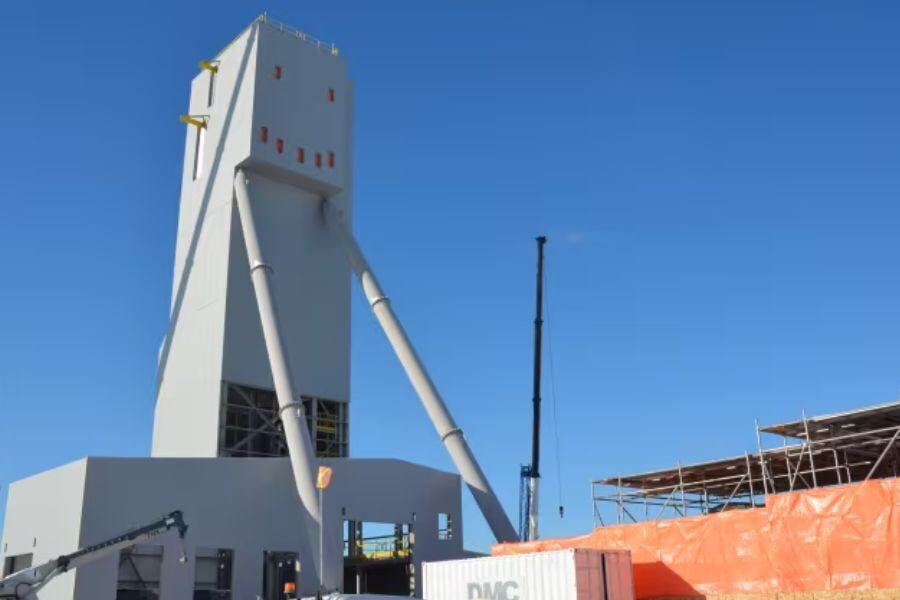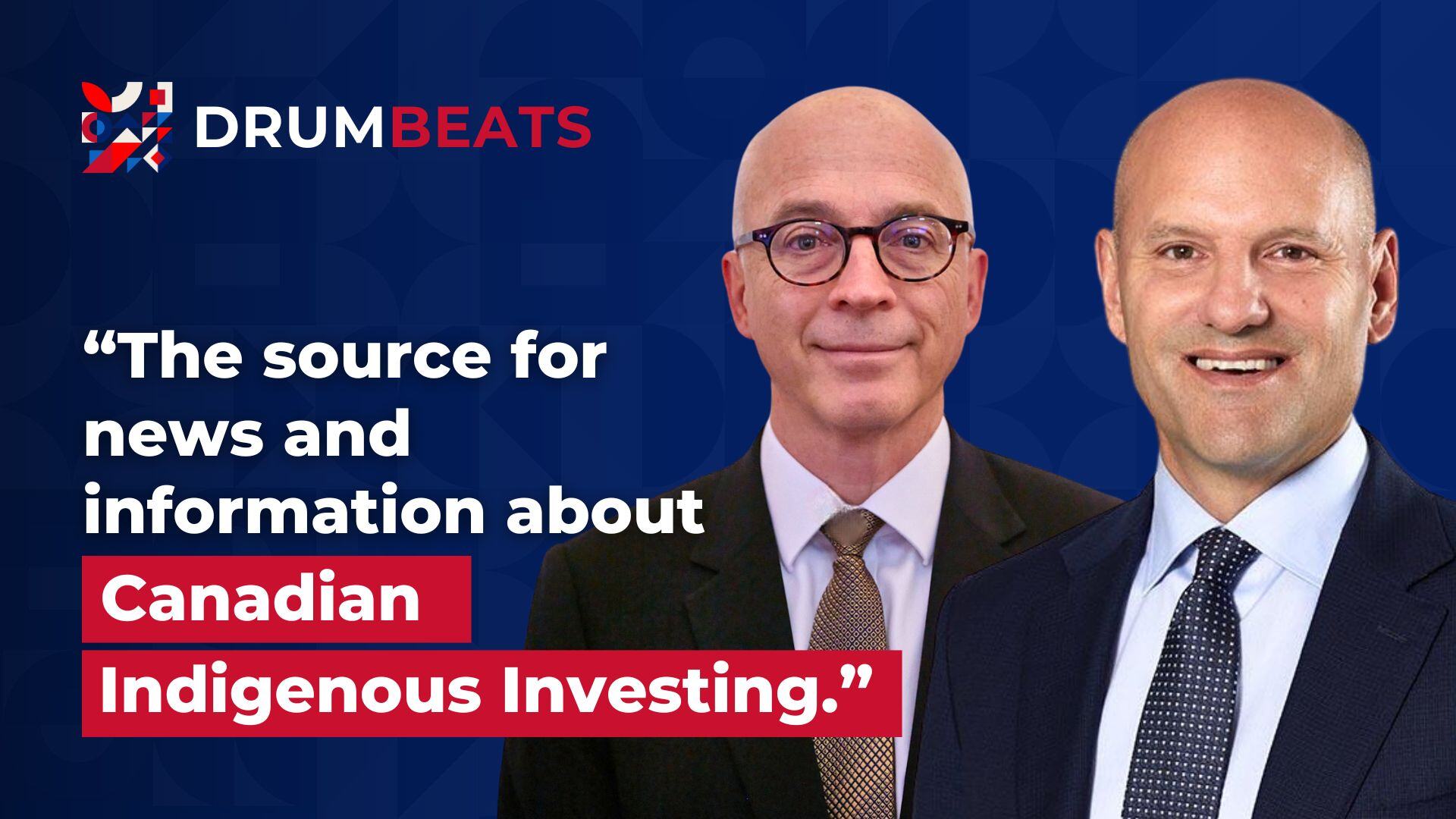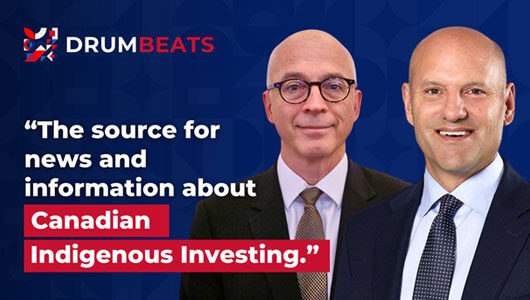
KGHM's Victoria Mine
The Victoria Mine, located in Ontario’s Sudbury Basin, is an essential part of KGHM International Ltd.’s expansion plans. Focused on producing nickel, copper, and platinum group metals, the mine is not only advancing Canada’s role in the global mining industry but also represents a model of Indigenous collaboration and environmental stewardship.
Acknowledging the profound connection between Indigenous communities and the land, KGHM has implemented comprehensive strategies to ensure sustainable development while respecting Indigenous rights, traditions, and ecological knowledge.
Challenges
Balancing Development with Indigenous Rights
KGHM recognises the importance of engaging with the Sagamok Anishnawbek First Nation, Atikameksheng Anishnawbek First Nation, and the Métis Nation of Ontario. These Indigenous groups hold unique relationships with the land, and their traditional territories overlap with the mine’s operations. The challenge lies in harmonising industrial development with the preservation of cultural and environmental values central to these communities.
Indigenous Partnerships and Community Involvement
Métis Nation of Ontario Collaboration
KGHM formalised its partnership with the MNO through a memorandum of understanding (MOU). This agreement underscores the importance of:
Consultation and Respect
Regular meetings and open dialogue ensure that Métis interests, including land stewardship and cultural heritage preservation, are reflected in project decisions.
Cultural Sensitivity
KGHM collaborates with Métis representatives to protect sacred sites and cultural landmarks while integrating traditional ecological knowledge into environmental practices.
Shared Decision-Making
The MOU establishes frameworks for co-developing strategies that benefit both the mine’s operations and Indigenous livelihoods.
Engagement Beyond the Métis Nation
KGHM has also sought input from other Indigenous and local communities in the Sudbury region. Hosting public consultations and participating in community-driven initiatives enabled the company to broaden its engagement to include diverse voices.
Corporate and Municipal Partnerships
In collaboration with municipal authorities and corporate stakeholders, KGHM integrates modern technologies, such as battery-electric vehicles for underground mining. This not only reduces emissions but also addresses community concerns about air quality and environmental health.
Environmental and Cultural Impacts
Conservation Initiatives
KGHM has implemented measures to minimize the environmental footprint of Victoria Mine. Indigenous traditional knowledge has guided practices that include:
Land Restoration Plans
Efforts to restore ecosystems affected by mining activities.
Biodiversity Protection
Monitoring and preserving local flora and fauna, including species critical to Indigenous cultural practices.
Cultural Preservation
The partnership with the MNO ensures the protection of culturally significant sites and promotes awareness of Métis heritage among KGHM staff and contractors.
Socioeconomic Benefits
Job Creation and Skills Development
Victoria Mine has generated hundreds of direct and indirect jobs, many designated for Indigenous individuals. Training programs, often co-developed with Indigenous organizations, equip participants with skills in mining operations, environmental management, and technological innovation.
Revenue Sharing and Community Investment
Revenue-sharing agreements with Indigenous communities channel financial benefits back into community development initiatives, including education, healthcare, and infrastructure projects.

Don’t miss an episode – Subscribe to our podcast!
Listen to invaluable insights from industry leaders. Join our podcast to delve deeper into the world of Indigenous communities, investments, and more. Don't miss an episode - follow our podcast today.
Solutions
KGHM’s response to these challenges has been comprehensive. The company undertook advanced exploration efforts to assess the site’s full potential, resulting in the identification of over 13.6 million tonnes of inferred resources. Their approach included the construction of exploration shafts to facilitate detailed geotechnical assessments and the development of modern mining facilities. Furthermore, KGHM has focused on implementing sustainable mining practices to comply with environmental regulations, including waste management and resource recovery, through technologies like paste backfill and careful waste rock handling.
Partnership Formation
A key component of the Victoria Mine project’s success has been KGHM’s collaboration with Vale, another leading mining company. Under an agreement, KGHM has been able to process ore at Vale's nearby Clarabelle mill. This partnership enables KGHM to optimise operations and share processing facilities, benefiting from Vale’s existing infrastructure and experience in the region. The partnership also involves a royalty and off-take arrangement, securing both companies a stake in the project’s success.
Project Scope and Objectives
The primary objective of the Victoria Mine project is to establish a long-term, sustainable mining operation. With a projected mine life of over 15 years, the scope includes expanding exploration activities, continuing resource development, and ultimately launching full-scale production. The project is designed to increase the output of nickel and copper, contributing to the growing demand for these metals in various industries, including electric vehicle production and energy storage. Further objectives include enhancing environmental performance and providing local communities with economic opportunities.
Impact and Benefits
The Victoria Mine project is expected to make significant contributions to both KGHM and the local economy. It will not only provide jobs and economic opportunities but also enhance Canada’s role in the global mining industry. The integration of modern mining techniques will improve efficiency and reduce environmental impacts compared to earlier methods. Moreover, the mine’s output will meet the increasing demand for key metals used in green technologies, positioning KGHM as a key player in the future of sustainable mining.
Socioeconomic Benefits
The reopening of the Victoria Mine brings a variety of socioeconomic benefits to the surrounding communities. Local job creation, infrastructure development, and investment in training programmes for workers are key components of KGHM’s community engagement plan. Additionally, KGHM works closely with Indigenous communities and local stakeholders to ensure that the project aligns with their social and environmental expectations. This includes providing opportunities for business partnerships and ensuring that the economic benefits are distributed across the region.
Outcome
KGHM’s efforts to revamp and expand the Victoria Mine have resulted in the successful identification of substantial mineral resources, along with the construction of essential infrastructure for future production. As of the latest projections, the mine is expected to begin full-scale operations in the next few years, with a robust supply chain in place for ore processing and distribution. The partnership with Vale has been a cornerstone of this process, providing stability and expertise as both companies look to maximise the project's potential.
Outcomes with Indigenous Partnerships
The Victoria Mine’s development demonstrates how collaboration with Indigenous groups can drive sustainable progress. Key outcomes include:
Strengthened partnerships with the Sagamok Anishnawbek, Atikameksheng Anishnawbek, and Métis Nation of Ontario.
Establishment of IBAs that secure long-term socioeconomic benefits for Indigenous communities.
Adoption of sustainable practices informed by traditional knowledge, ensuring environmental and cultural protection.
Ongoing Commitment - Regulatory Plans
KGHM remains committed to adhering to environmental, social, and governance (ESG) standards. Their regulatory plans outline strategies for managing environmental impacts, such as waste disposal, water management, and energy consumption. The company is dedicated to ensuring compliance with local and international regulations, including the development of closure plans for the eventual decommissioning of the mine. KGHM’s long-term goal is to maintain an environmentally responsible operation throughout the mine’s life cycle, with a particular focus on reclaiming disturbed lands and supporting the local ecosystem.
Through its detailed regulatory plans, KGHM has shown a strong commitment to transparency and environmental stewardship. Their continuous engagement with regulatory bodies and stakeholders will ensure that the Victoria Mine remains a model for sustainable mining practices in the region.
Don’t miss an episode – Subscribe to our podcast!
Listen to invaluable insights from industry leaders. Join our podcast, Drumbeats, to delve deeper into the world of Indigenous communities, investments, and more. Don't miss an episode - follow our podcast today.




